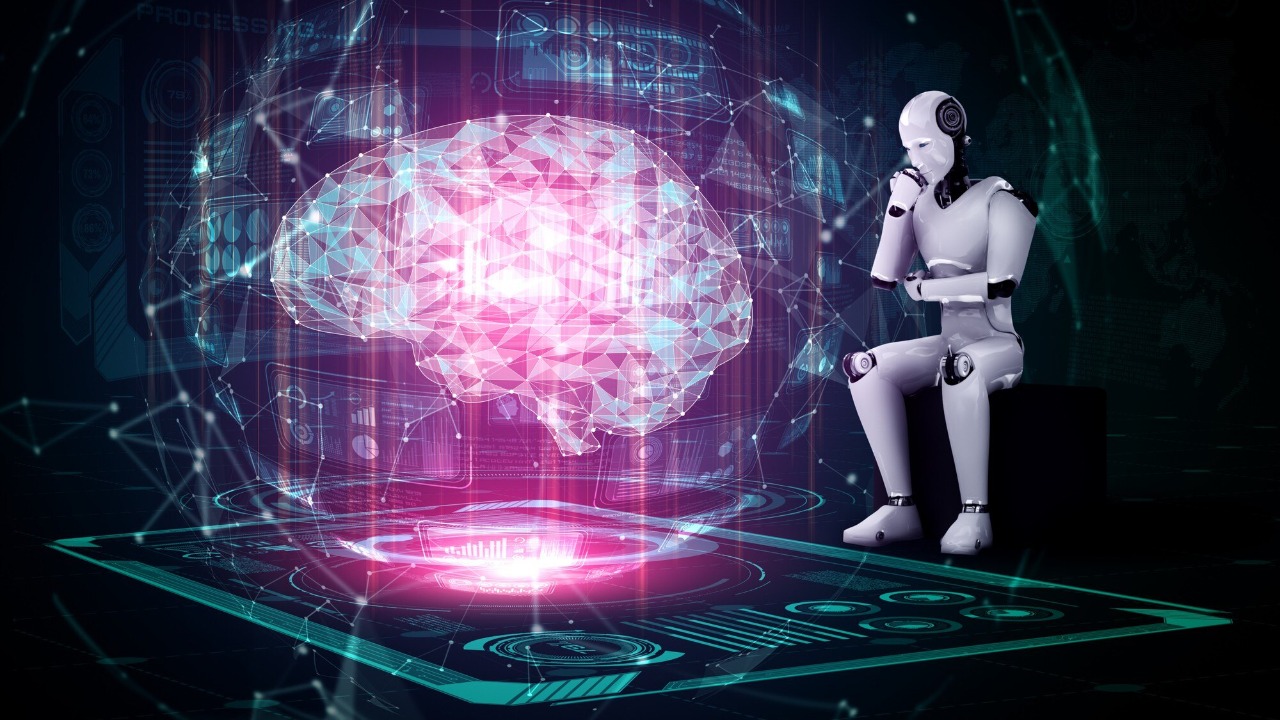
Google DeepMind has recently introduced a groundbreaking advancement in artificial intelligence with the release of two sophisticated models known as ‘thinking AI’. These models significantly enhance the cognitive abilities of robots, allowing them to better comprehend and interact with their surroundings. This development marks a crucial step forward in robotics technology, as it empowers machines to process and respond to the complexities of the physical world in a more human-like manner. The implications of this innovation are vast, promising to transform various industries by improving the efficiency and adaptability of robotic systems.
The Development of Google DeepMind’s Thinking AI
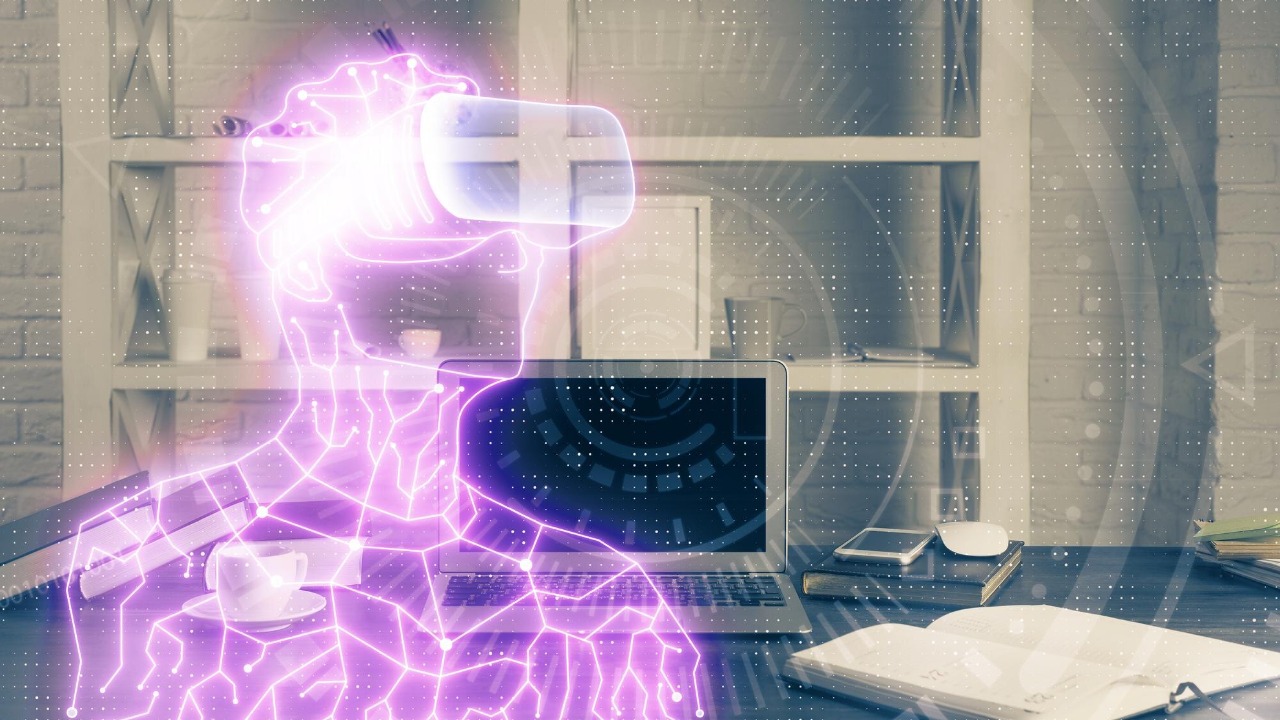
The origins of Google DeepMind’s ‘thinking AI’ models can be traced back to the collaborative efforts of a dedicated research team focused on integrating multimodal data processing capabilities. By simulating human-like reasoning, these models enable robots to interpret and respond to their environment more effectively. The core architecture of these models is built around vision-language-action capabilities, which allow them to process environmental inputs and generate appropriate outputs for robotic systems. This integration of sensory data is crucial for enabling robots to navigate and interact with the world in a manner akin to human cognition.
The development process involved training the models on vast datasets of real-world interactions. This extensive training allows the models to generalize knowledge beyond pre-programmed tasks, equipping them with the ability to adapt to new situations and challenges. By leveraging large-scale datasets, the models can learn from a wide array of scenarios, enhancing their ability to perform complex tasks with greater autonomy and precision. This approach not only improves the models’ performance but also sets a new standard for AI training methodologies in robotics.
Key Capabilities of the Models in Understanding the World
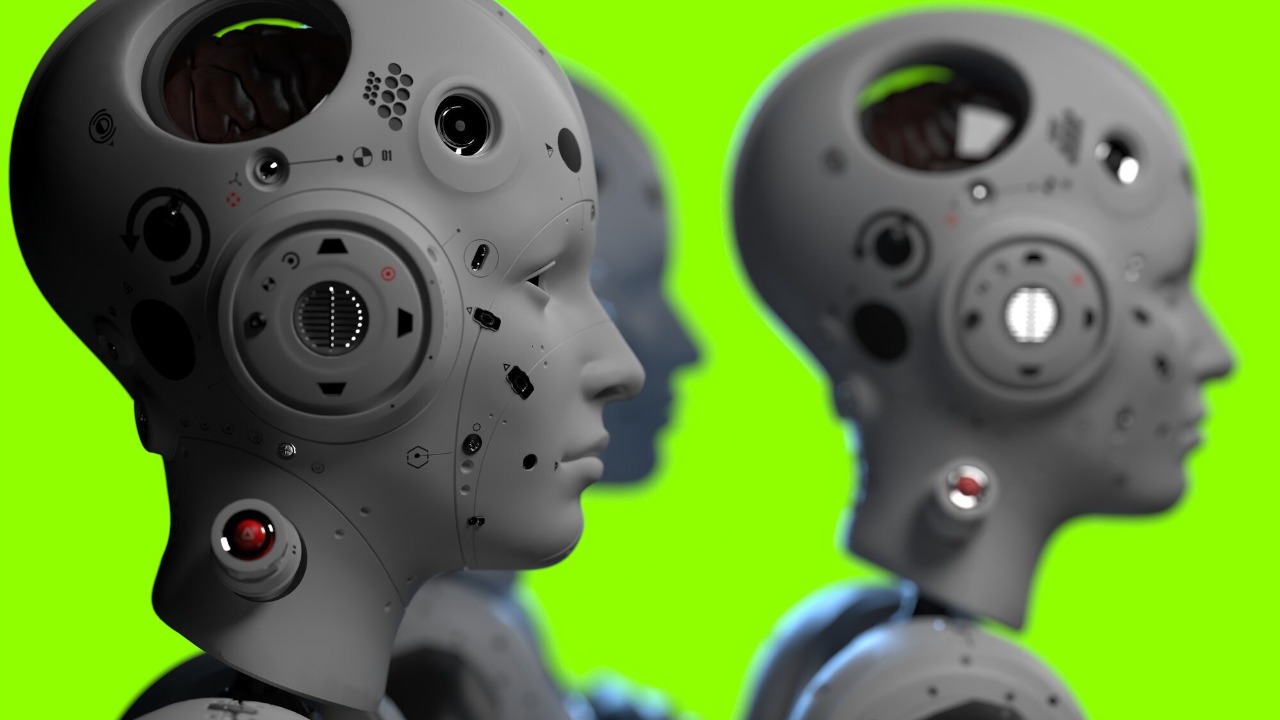
The first model in the ‘thinking AI’ suite excels in perceptual understanding, enabling robots to interpret complex scenes, objects, and human intentions through advanced sensory fusion. This capability is essential for robots to function effectively in dynamic environments, where they must quickly assess and respond to changes. By integrating visual and auditory data, the model allows robots to perceive their surroundings with a level of detail and accuracy previously unattainable, facilitating more nuanced interactions with both objects and humans.
The second model focuses on predictive reasoning, which is crucial for anticipating outcomes and planning multi-step actions based on environmental dynamics. This capability allows robots to foresee potential challenges and adjust their actions accordingly, improving their ability to operate autonomously in unstructured settings. For example, a robot equipped with this model can navigate a cluttered room by predicting the movement of obstacles and planning a path that avoids collisions. Such predictive capabilities are vital for applications in industries where precision and adaptability are paramount.
Emergent behaviors observed in robots using these models include the ability to adapt to novel obstacles and collaborate with humans in unstructured settings. These behaviors demonstrate the models’ potential to enhance robotic systems’ flexibility and responsiveness, making them more suitable for real-world applications. By enabling robots to work alongside humans in dynamic environments, these models pave the way for more integrated and efficient human-robot collaborations across various sectors.
Testing and Performance Benchmarks
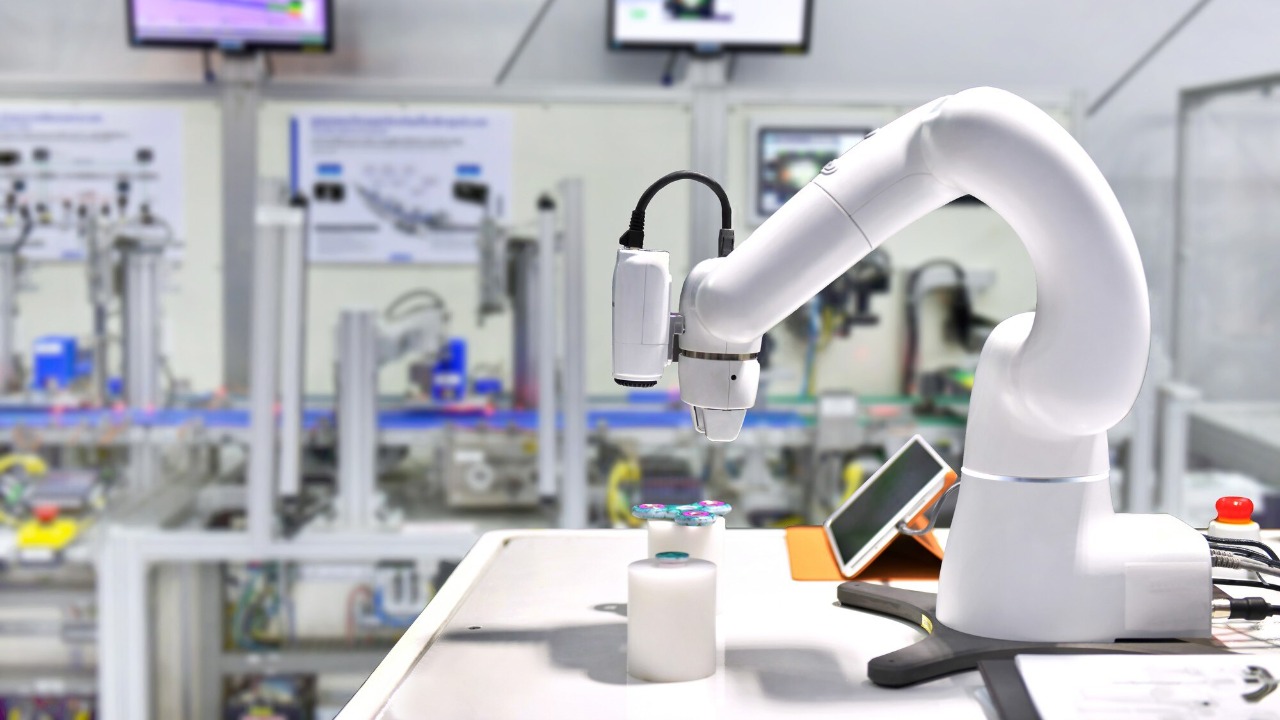
Benchmark results have shown significant improvements in the success rates of robotic tasks such as manipulation and navigation, with quantitative gains over previous models. These improvements highlight the effectiveness of the ‘thinking AI’ models in enhancing robotic performance, particularly in tasks that require complex decision-making and adaptability. The models’ ability to process and respond to environmental inputs with greater accuracy and speed is a testament to their advanced design and training methodologies.
Real-world testing scenarios have further validated the models’ robustness, with deployments on physical robots in lab environments demonstrating their practical applicability. These tests have shown that the models can handle a variety of tasks with increased efficiency and reliability, underscoring their potential for widespread adoption in industrial settings. However, evaluations have also identified certain limitations, such as challenges with edge cases in highly dynamic or low-data environments. Addressing these limitations will be crucial for ensuring the models’ effectiveness across a broader range of applications.
Broader Impact on Robotics and AI Research
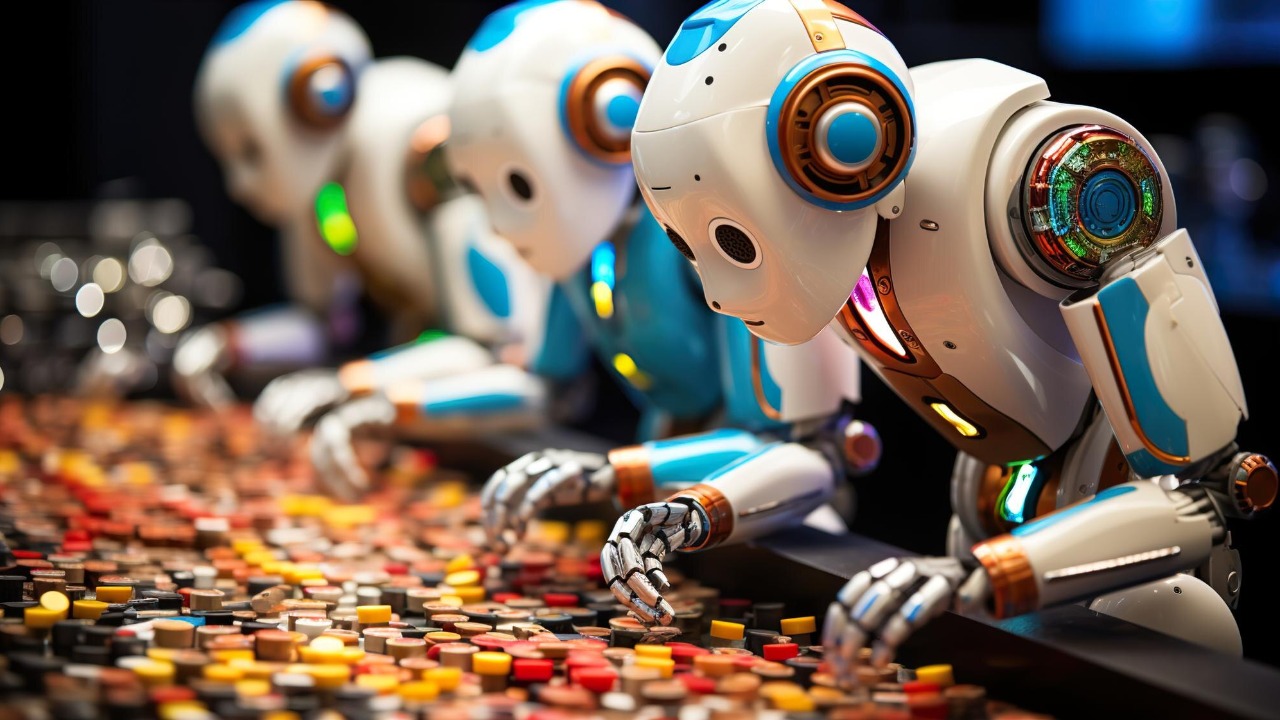
The introduction of Google DeepMind’s ‘thinking AI’ models has the potential to accelerate the integration of advanced AI capabilities into existing robotic hardware. This integration could significantly enhance the functionality and efficiency of robots in industries such as manufacturing and healthcare, where precision and adaptability are critical. By improving robots’ ability to understand and interact with their environment, these models could lead to more efficient production processes and better patient care.
Moreover, the open-sourcing of elements of these models is expected to foster collaborative advancements in the field of embodied AI. By sharing key components of the models with the broader research community, Google DeepMind aims to encourage innovation and collaboration, ultimately driving further progress in AI and robotics. This approach not only benefits the research community but also accelerates the development of new applications and technologies that can leverage these advanced AI capabilities.
Ethical considerations are also an important aspect of deploying these models, particularly in ensuring safe deployment and addressing biases in the models’ world understanding. As robots become more integrated into everyday life, it is crucial to ensure that they operate safely and ethically, minimizing risks to humans and the environment. Addressing potential biases in the models’ decision-making processes is essential for ensuring fair and equitable outcomes, particularly in applications that impact human lives.
Overall, Google DeepMind’s ‘thinking AI’ models represent a significant leap forward in the field of robotics, offering new possibilities for enhancing the intelligence and adaptability of robotic systems. As these models continue to evolve and improve, they hold the potential to transform industries and redefine the role of robots in society, paving the way for a future where intelligent machines work seamlessly alongside humans.
For more detailed insights into the development and implications of these models, you can read the full report on Live Science.